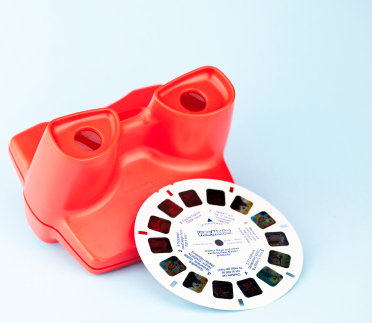Passing the Torch
The royalty walk quietly among the common folk here. The thick-carpeted mahogany-veneered opulence typical of high-tech presidential palaces is nowhere to be seen. Instead, on an ordinary floor in an ordinary building overlooking a nondescript cube farm are two adjacent rooms that would probably be conference rooms at your company. Not the special, glossy, wood-wrapped, electric-view-screen-and-sound-system, “we entertain important clients in here” style of conference rooms, but rather the “grab your coffee and duck in here so we can scribble some stuff on the whiteboard” type. In your company, each of these would probably be named after a river … Read More → "Passing the Torch"













